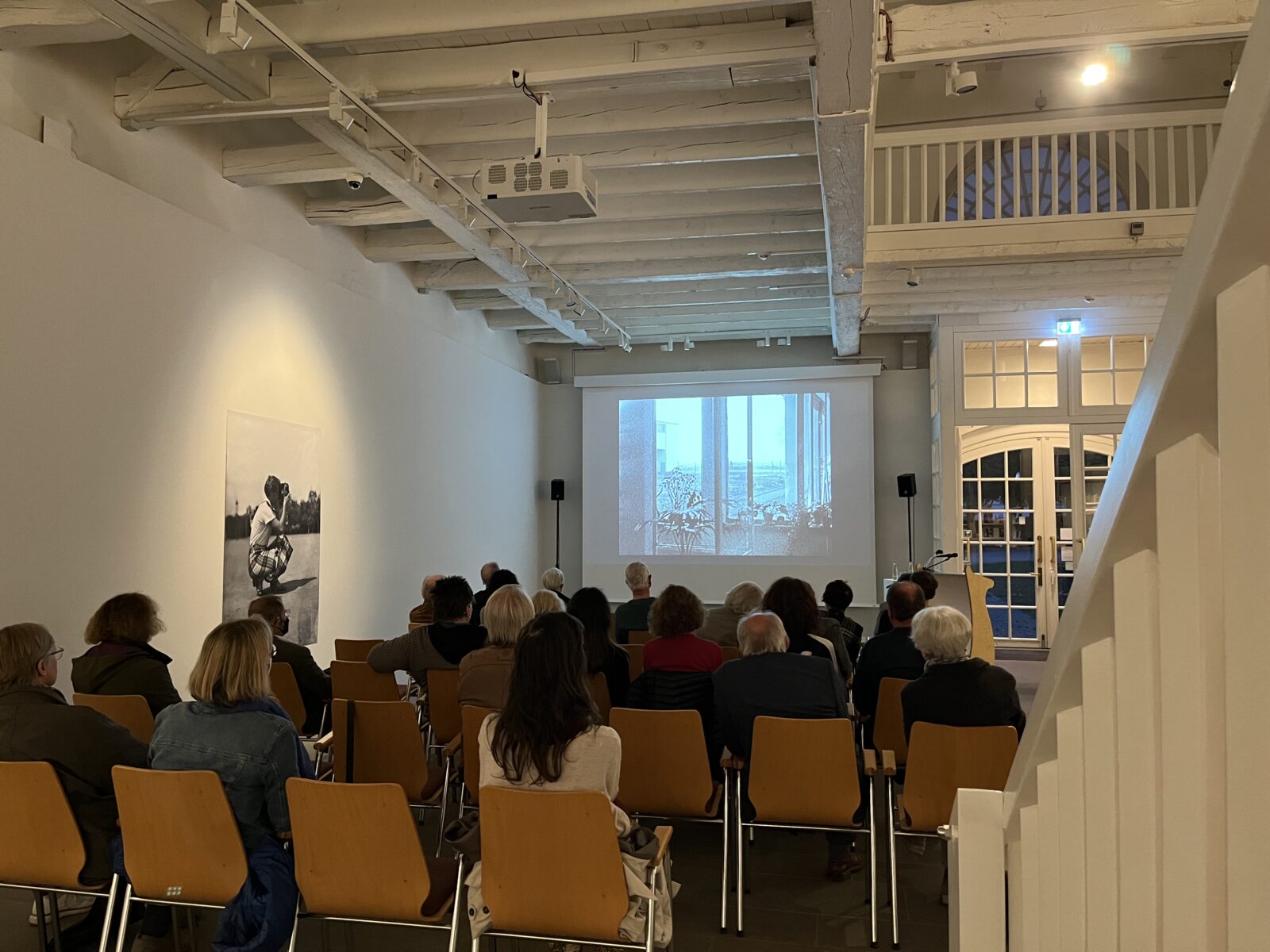On the 50th anniversary of Paderborn University, the Institute for Media Studies brought cinematic history into the urban setting. Scientists and students compiled a selection of films that were shown at various locations in Paderborn at the weekend from Friday, 23. September to Sunday, 25. September. “Urban symphonies. Approaches in film 1921–2022” examined the city as a habitat and its development in the past 100 years.
The film genre of the urban symphony is closely linked to the pace of technological change at the beginning of the last century, and enjoyed its heyday in the 1920s. “The films bear witness to the lyrical, personal and dynamic possibilities of the medium to explore the city as an experiential space. With the advent of more manageable cameras after the Second World War, new urban exploration emerged which searched for personal places in urban spaces,” says Stephan Ahrens, research associate in the Television and Film Studies section of the Institute for Media Studies at Paderborn University. “Cinema would be in a different place today without the pace of life in the modern city.”
Films from the 1920s to the 1960s
The film installation opened at 7 p.m. on Friday, 23. September in the “Municipal Gallery in der Reithalle” (Im Schloßpark 12), where the public could see some of the works of filmmaker Ella Bergmann-Michel (1895–1971), who was born in Paderborn. In the early 1930s, she captured everyday urban scenes in the street with her handy Kinamo ciné camera. At the opening ceremony, Ahrens spoke about the late artist’s life with her daughter-in-law Sünke Michel.
Starting at 8 p.m. on Saturday, 24. September, historic 16 mm film copies from the Institute for Media Studies’ collections brought cinema to the city centre. Among other works, Wilfried Basse’s cinematic study of a street market in Berlin in 1929 was projected on the external façade of the Gymnasium Theodorianum grammar school (Kamp 4).
In addition, there were showings of urban symphonies on the subject of “Rhythm and motion” in the display window of the art club Kunstverein Paderborn e. V. (Kamp 13) from 6 p.m. on both evenings. While Marie Menken treated the audience to glimpses of a day in New York in “Go! Go! Go!”, William Klein’s “Broadway by light” was an enthusiastic study of bright neon signs, which his camera turned into flickering, shimmering forms.
The closing event at noon on Sunday, 25. September was a silent film matinee in the Pollux cinema (Westernstraße 34), hosted by the student-run film club “Programmkino Lichtblick e.V.”. The audience saw Robert Sidomak’s silent film “Menschen am Sonntag” (“Sunday People”), accompanied by Meik Kraft on the piano.
With the participation of the Kunstverein Paderborn e.V., the Municipal Gallery in der Reithalle and Lichtblick e.V.

